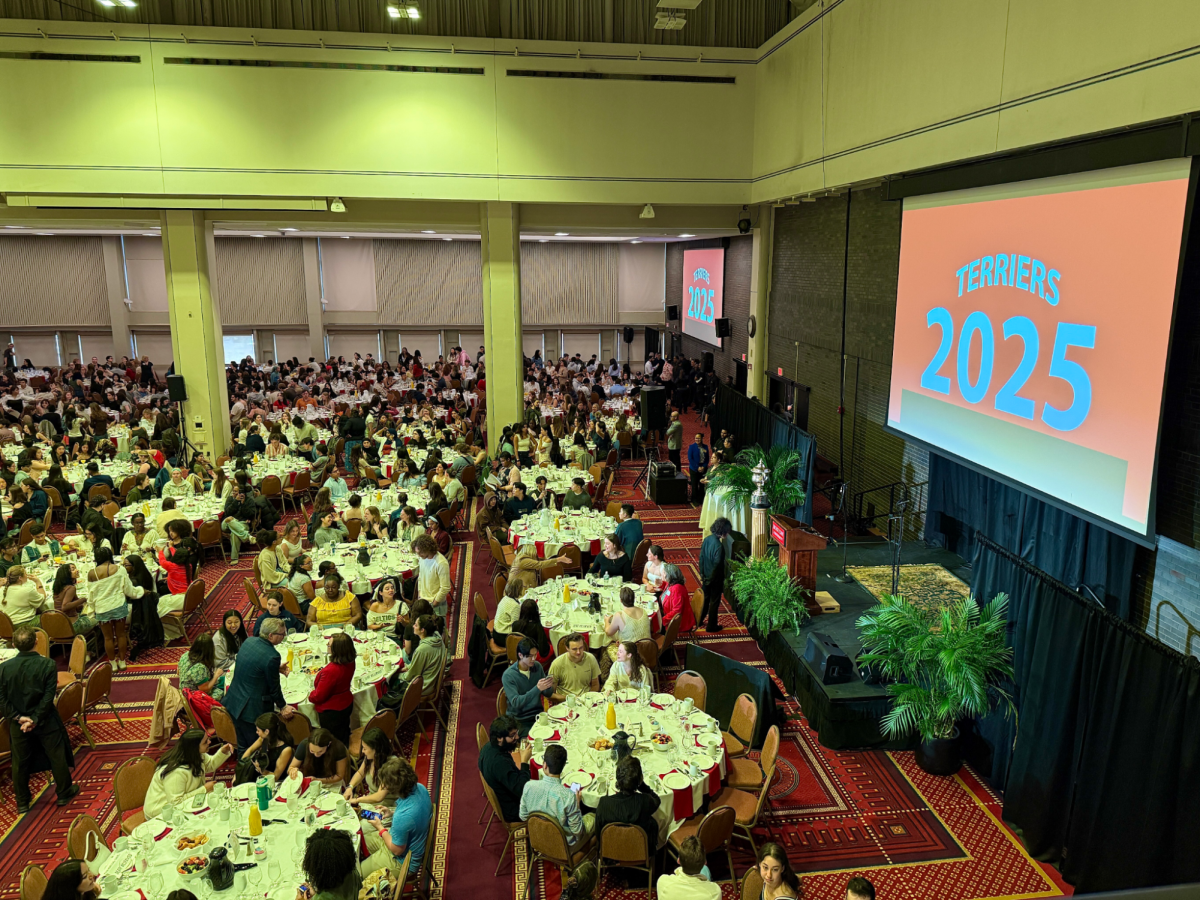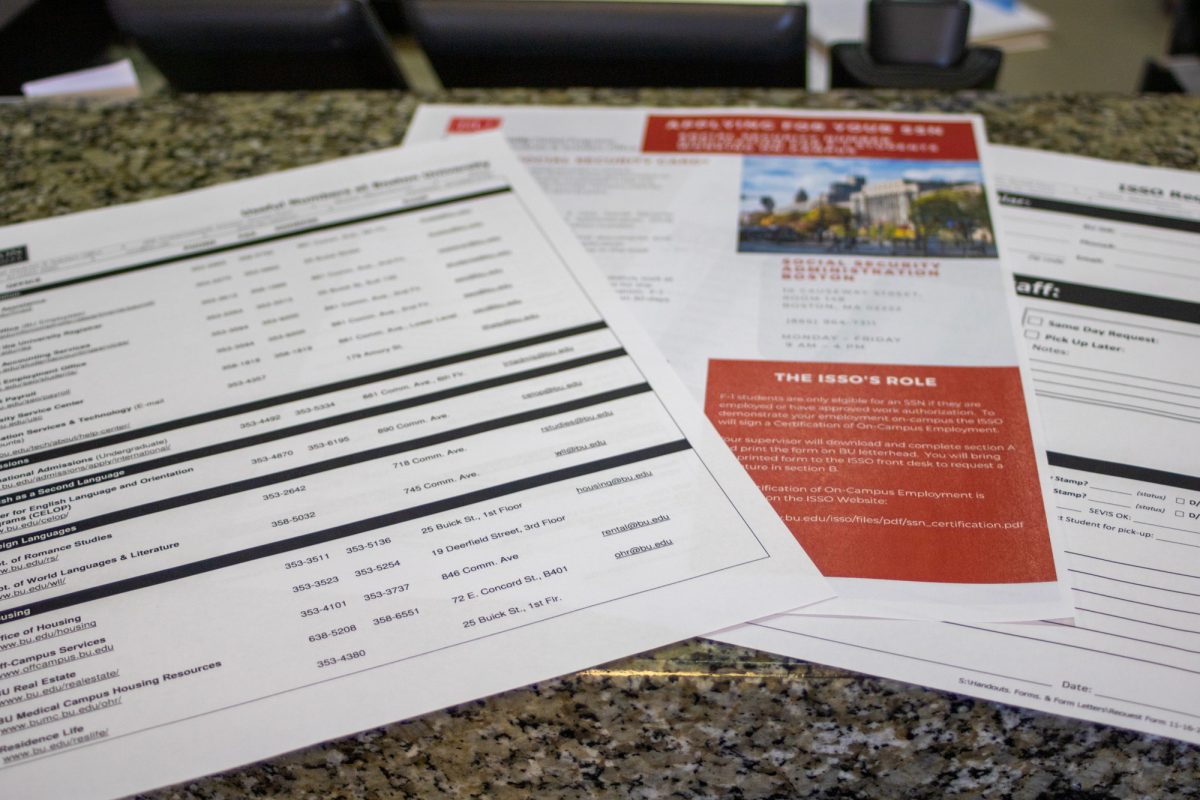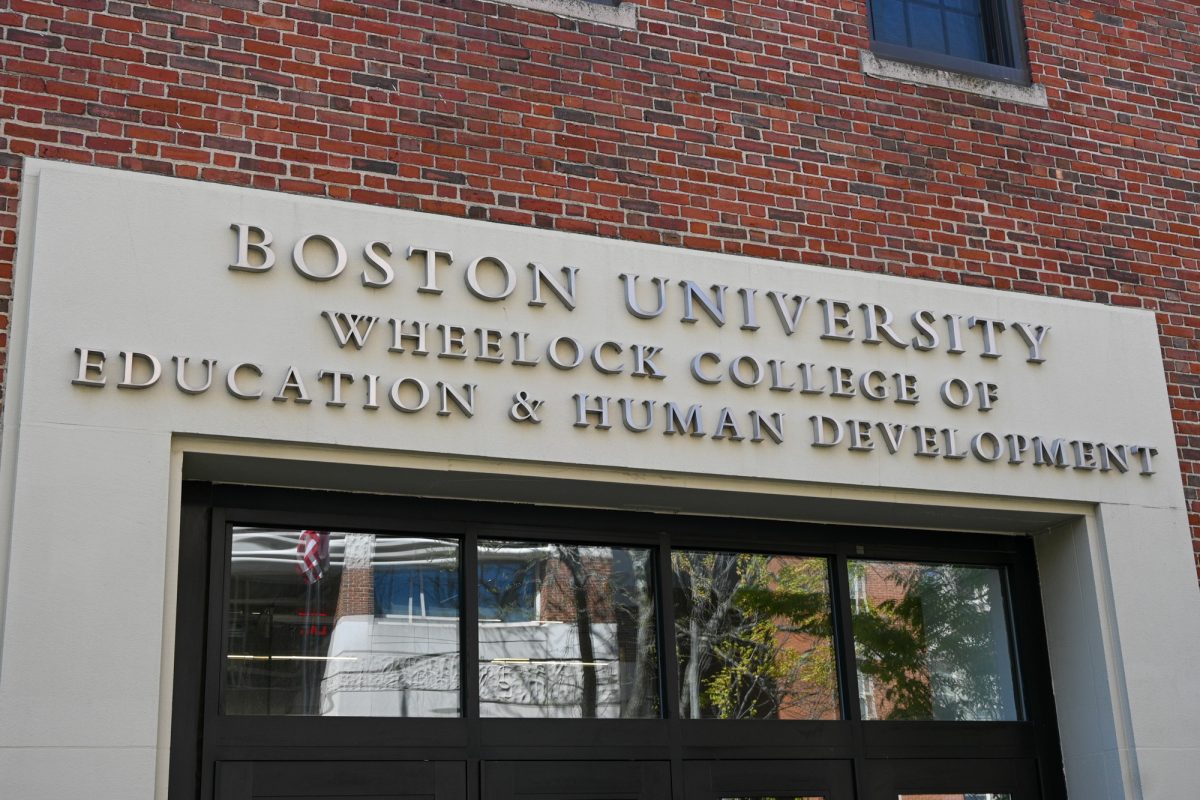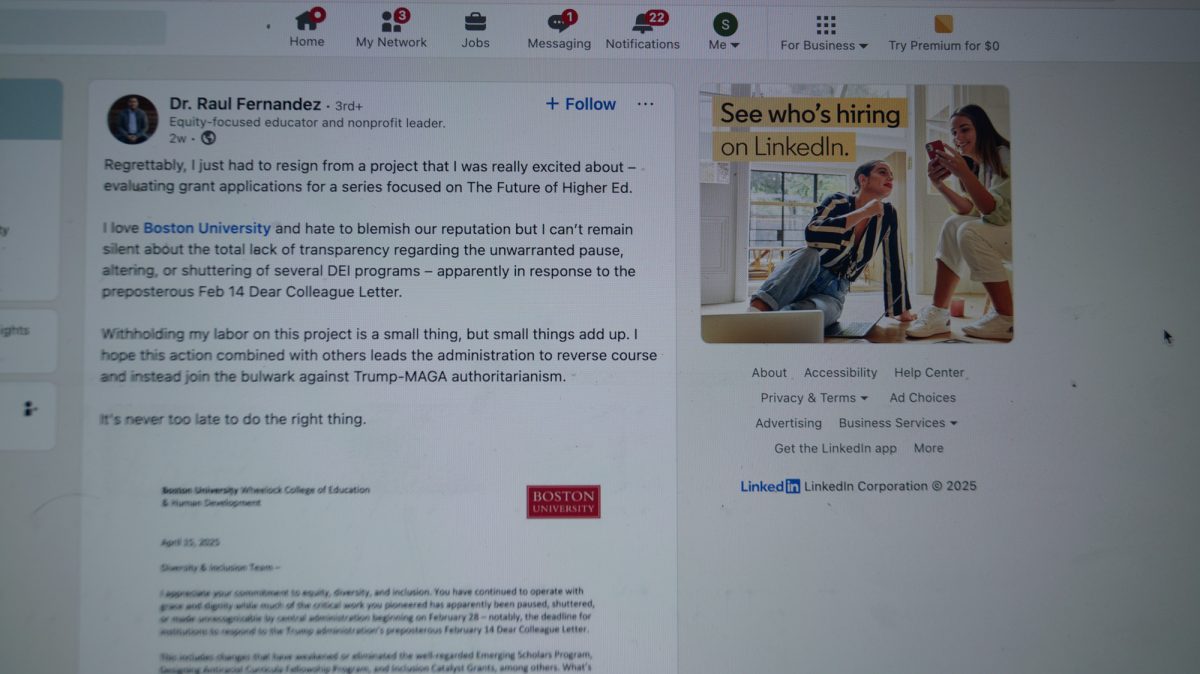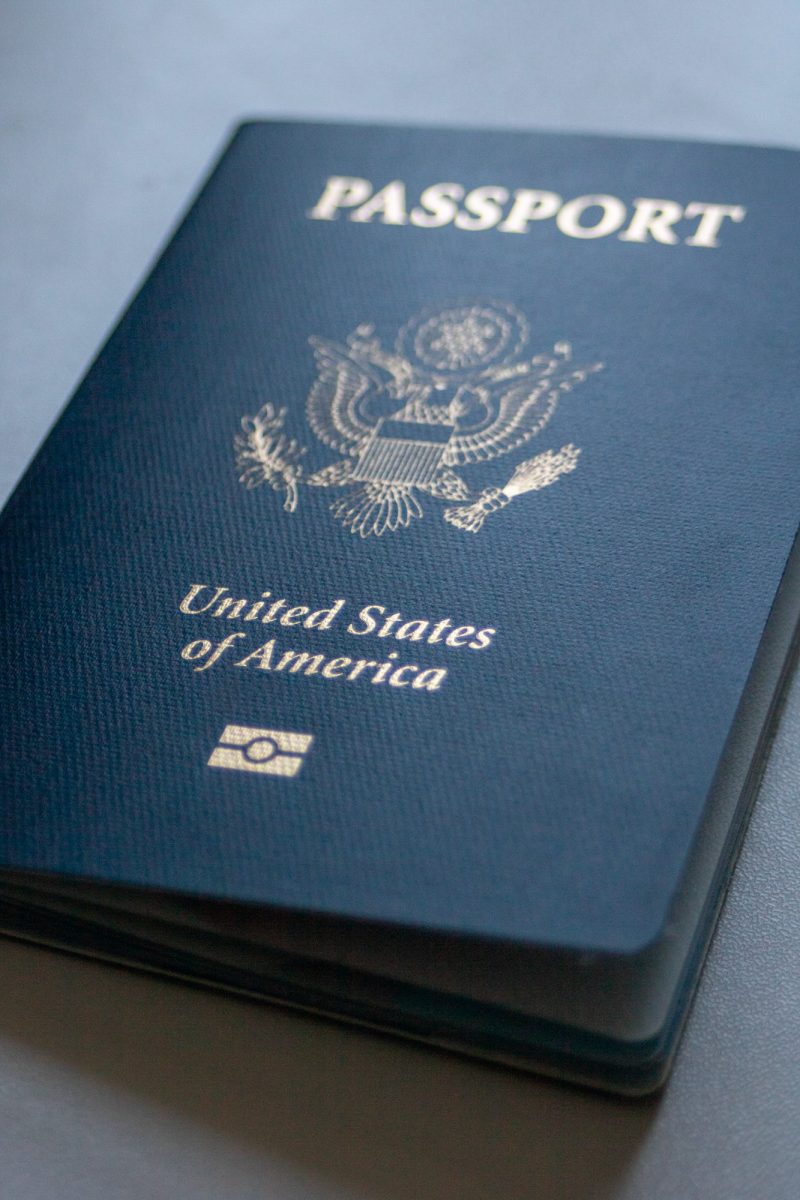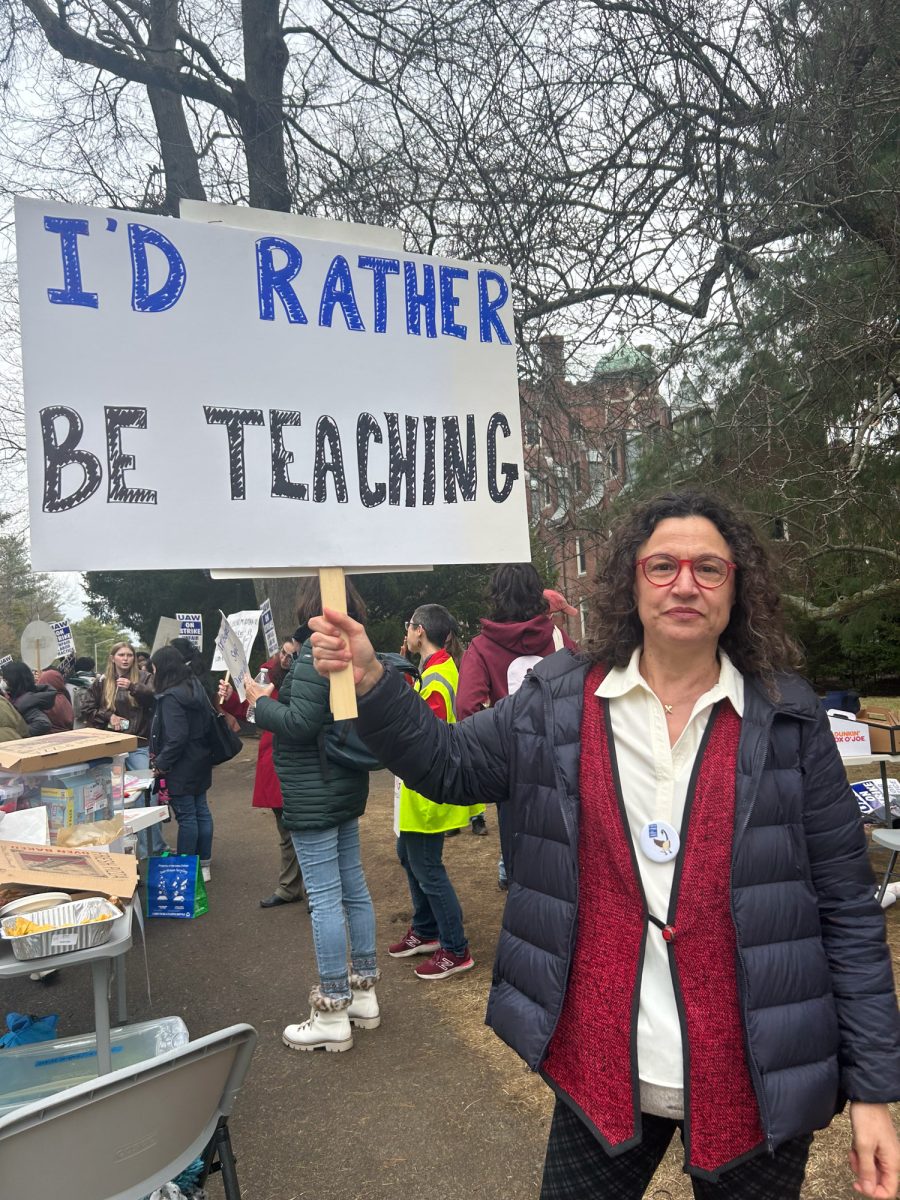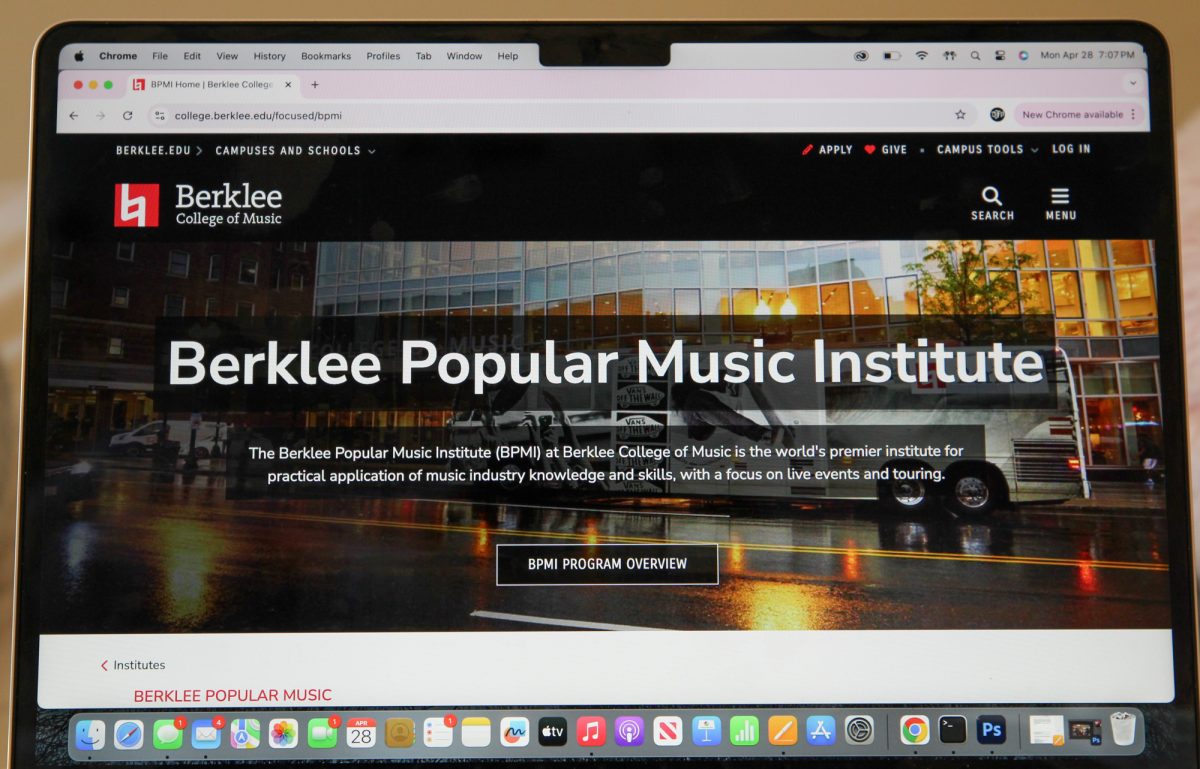Through his local organ donation website, Dr. Jeremiah Lowney hoped to boost the number of living donors by providing a venue for donors and patients to meet, but many transplant centers nationwide refuse to perform surgery, citing ethical differences.
Lowney created the website, MatchingDonors.com, after one of his patients gave him the idea. The site, based in Canton, matches people the same way popular dating sites, such as match.com and eharmony.com — except the patients are looking for organs, not for partners.
“The beauty of the site is that the donors are seeking the patients rather than the patients asking close family members [for organs], which can be a difficult thing to do,” said Lowney, who is an internal medicine physician in Boston. “Now patients can take an active role in their own health care instead of just waiting on a list.”
Supporters of the internet option said the website boosts donations by adding a more human element to the once-anonymous process, Lowney said. On the website, potential donors can search through member profiles and talk in a chatrooms to get to know patients before they commit to the donation.
According to Lowney, many transplant centers automatically turn the MatchingDonors.com patients away and will not perform surgeries because they think the site gives advantage to people who are more internet savvy or have the best internet plea, as opposed to the anonymous system, which gave preference to patients who have the most need.
Lowney said critics think the website makes it easy for patients to jump ahead in the waiting list for organs.
“It’s not unfair because we’re bringing new people into the system of live donors and expanding it from just cadaveric or family donations,” Lowney said. “Anytime you can take anyone off the list, more people move up on the donation list, so we’re helping everybody.”
Since its creation in spring 2004, MatchingDonors.com living organ donations have increased significantly.
According to the United Network for Organ Sharing’s website, from January 2005 to June 2005, about half of the more than 7,000 organ donations were from living donors.
UNOS, the national group that runs the organ matching and placement process and national waiting list, took a strong stand against MatchingDonors.com upon its inception in June 2004 but has since relaxed its opinion.
“In the past, we were concerned with it being a commercial site, exploitative because it charges memberships fees,” said Joel Newman, a UNOS spokesman.
Newman explained that UNOS wants to make sure each donor knows the risks and options of being a donor before committing to a patient.
“Our views have changed a bit, but there is still concern that the people have the ability to be exploited through a public plea,” Newman said. “We do not oppose the idea of people meeting online for organ donation.”
Lowney said exploitation is a common public concern, but that his website warns against any illegal activity. He said anyone can become a member of MatchingDonors.com and that the fees are often waived for those who cannot afford the cost.
The costs of website membership — $595 for unlimited access or $295 a month — help maintain the website, which is a nonprofit organization.
Lowney said the site evens the playing field between the rich, who can go to any means to advertise for an organ, and the poor, who often have fewer social contacts and do not have the ability to travel to another country for innovative surgery.
“You have to realize that the system in place is not working well,” Lowney said. “It’s great that all people can use the world wide web as a much larger online community.”
Lowney said that patients know about the website through word-of-mouth, research and the media.
“The stories are amazing,” Lowney said. “It’s amazing to see the love people show by donating to a complete stranger.”
On average, there are about 17 people dying a day because they could not get the organ they needed, Lowney said.
Because of the website, 16 patients have had successful organ transplants, and Lowney said he hopes to see that number rise as transplant centers become more accepting of the site.

